

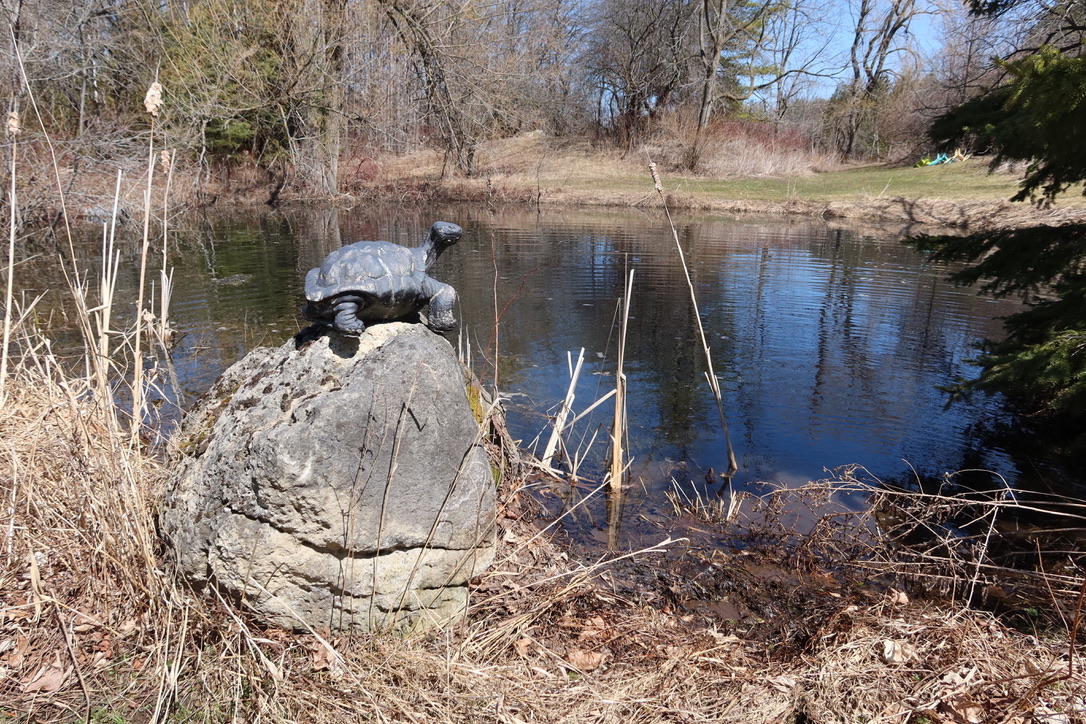
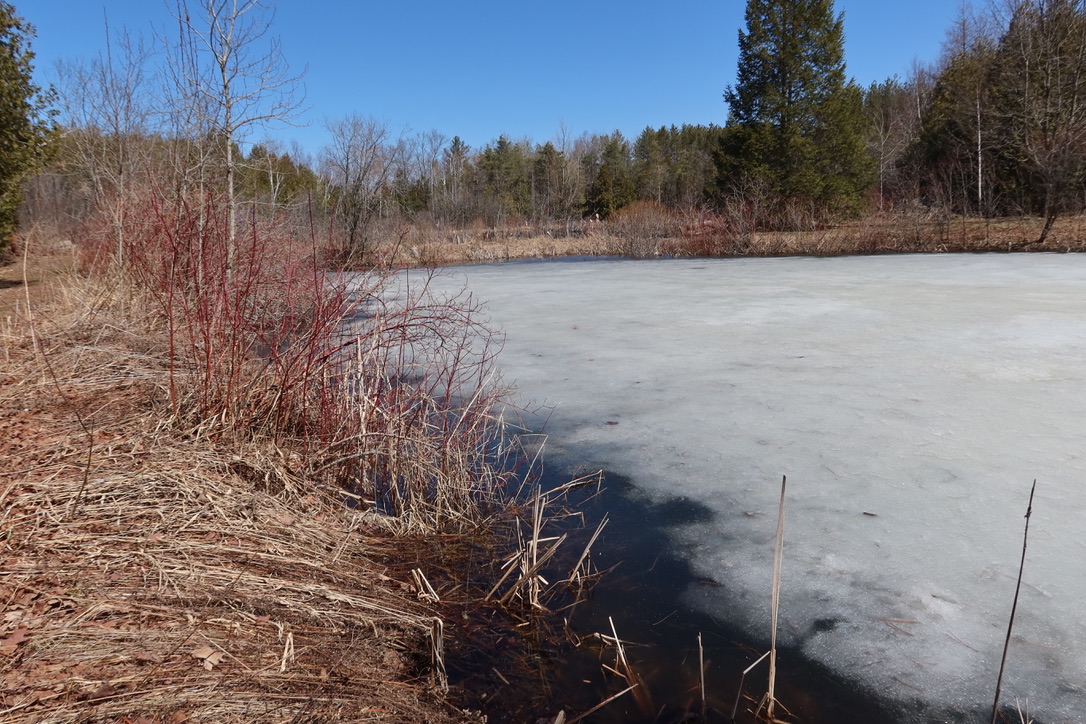
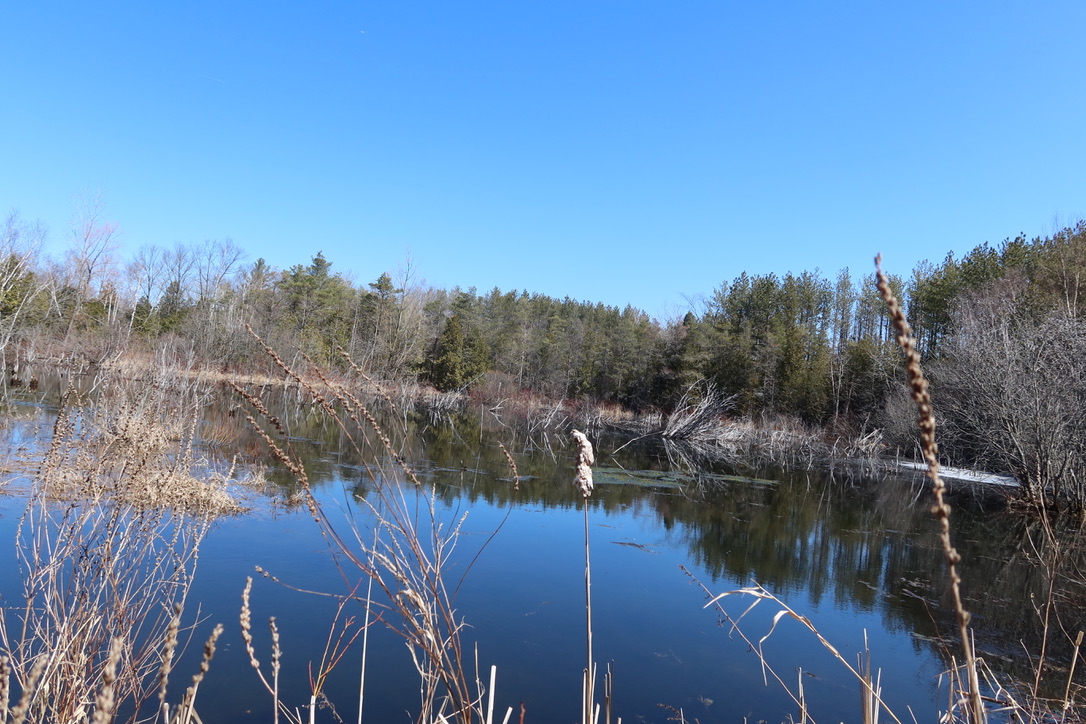

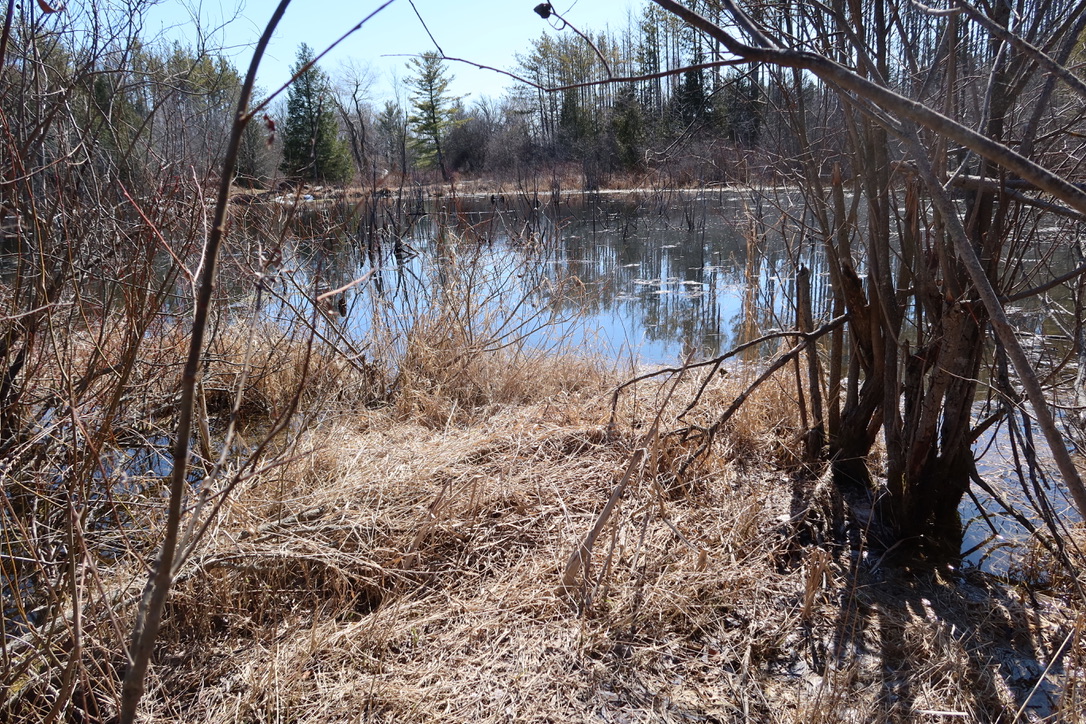

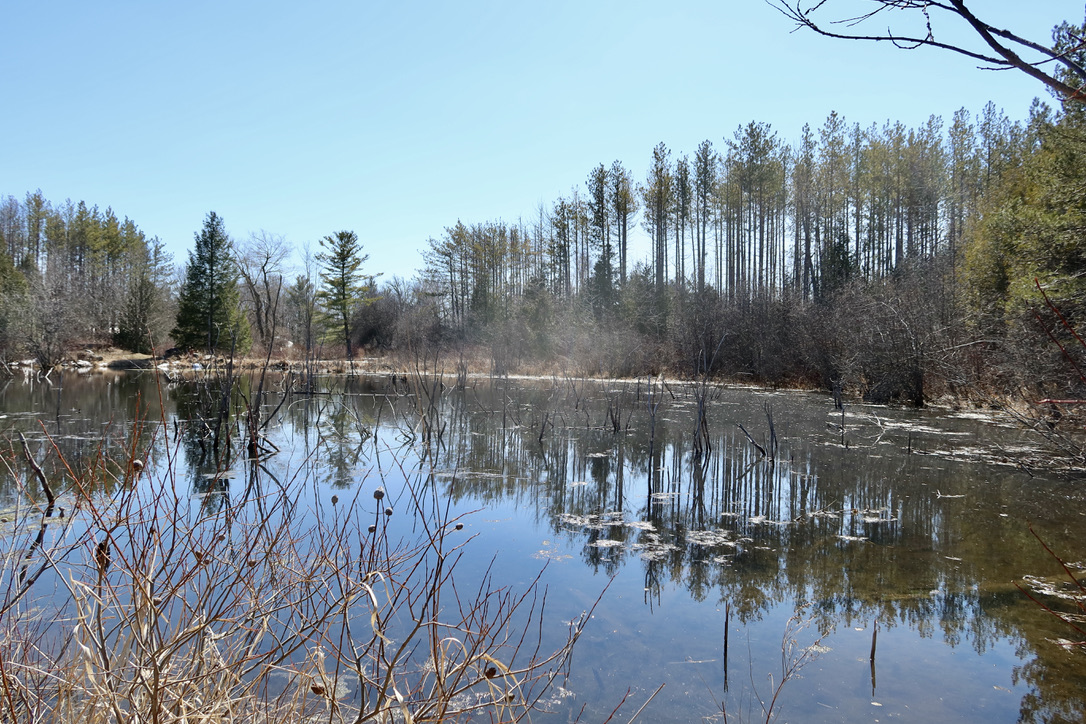
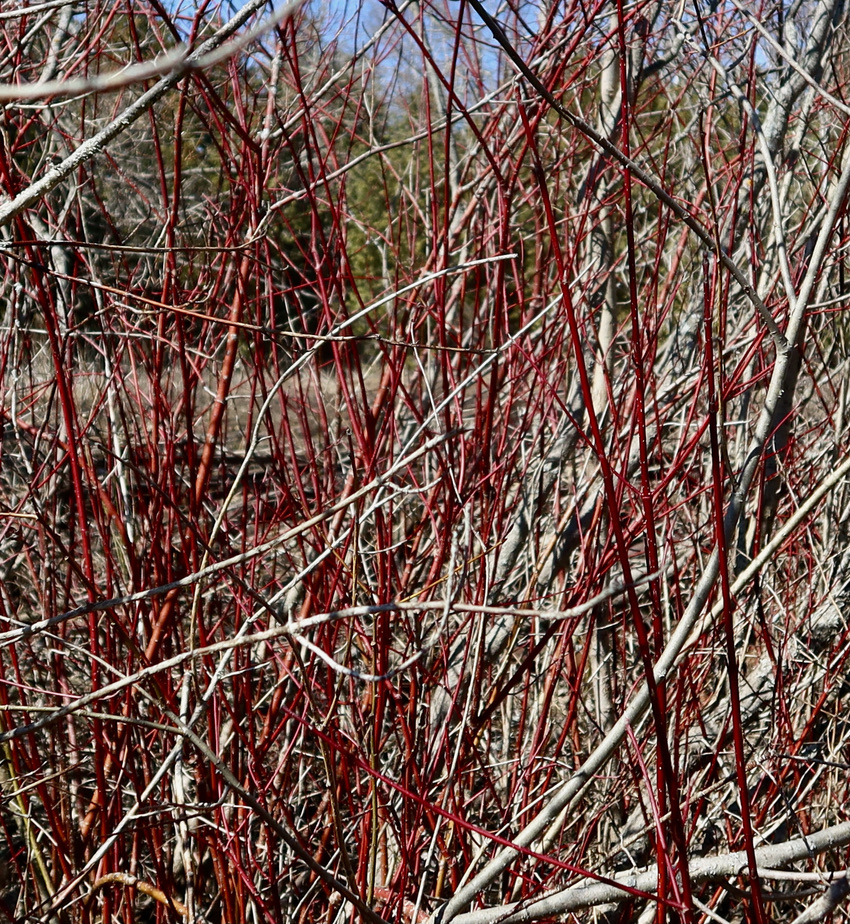


Alan's Oeuvre











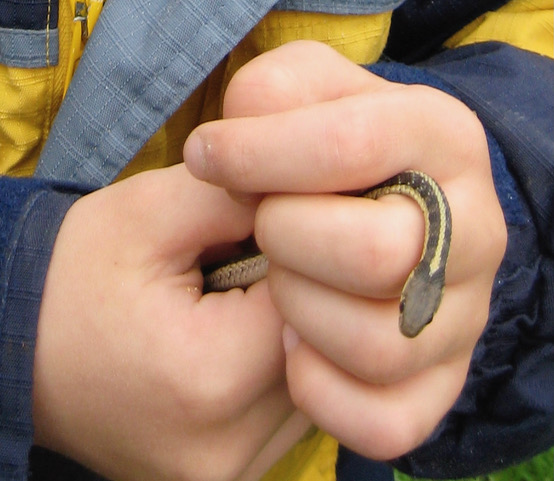
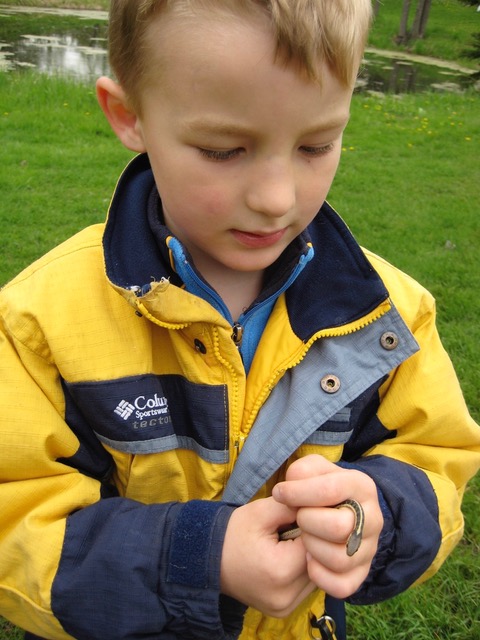
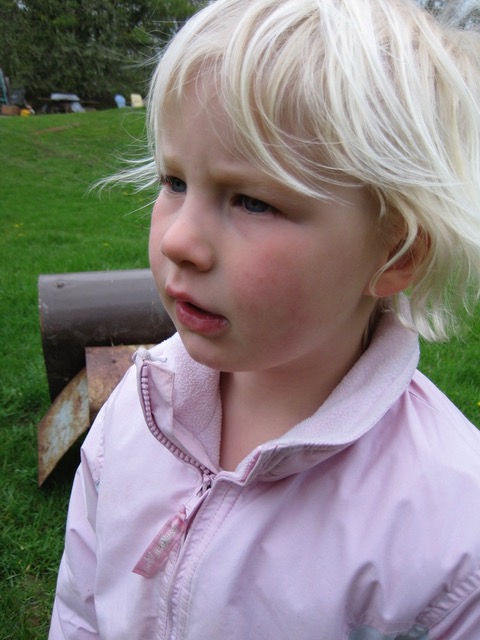
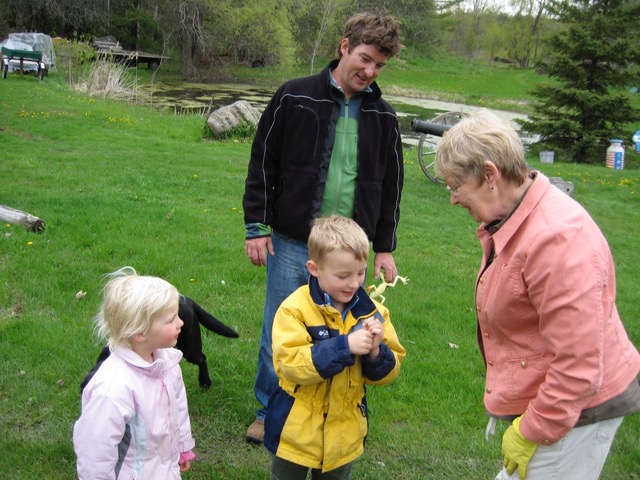
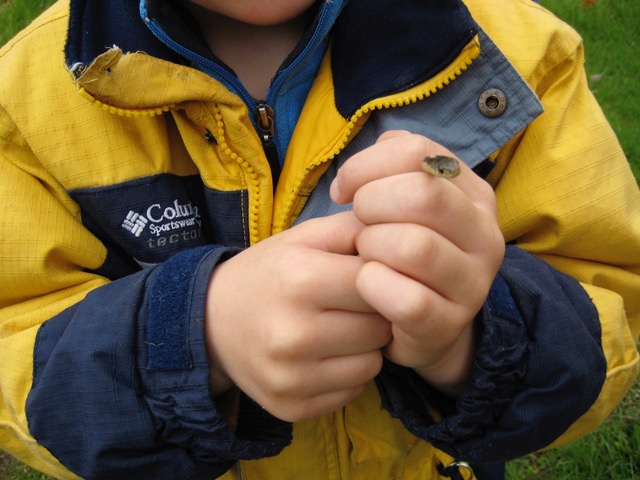
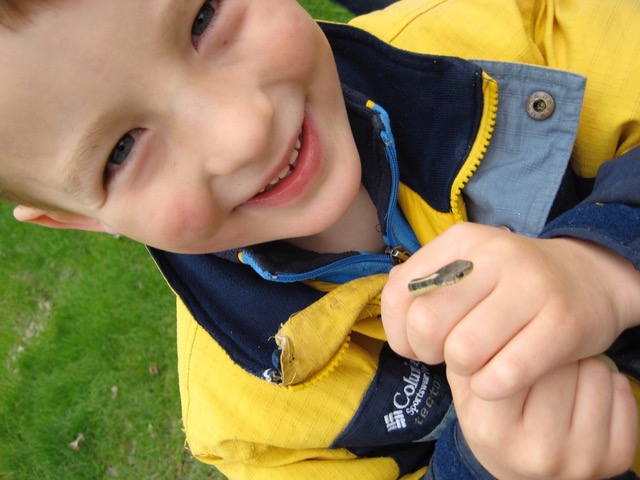



 heritagemississauga.com/wp-content/uploads/2013/08/Lorne-Joyce-20101-570×428.jpg 570w, heritagemississauga.com/wp-content/uploads/2013/08/Lorne-Joyce-20101-600×450.jpg 600w, heritagemississauga.com/wp-content/uploads/2013/08/Lorne-Joyce-20101.jpg 640w” sizes=”(max-width: 300px) 100vw, 300px”>
heritagemississauga.com/wp-content/uploads/2013/08/Lorne-Joyce-20101-570×428.jpg 570w, heritagemississauga.com/wp-content/uploads/2013/08/Lorne-Joyce-20101-600×450.jpg 600w, heritagemississauga.com/wp-content/uploads/2013/08/Lorne-Joyce-20101.jpg 640w” sizes=”(max-width: 300px) 100vw, 300px”>

“LORNE ALWAYS LAUGHED BEFORE HE SPOKE AND WITH HIS LAUGHTER THERE WAS A TWINKLE IN HIS EYES. HE WAS A GOOD MAN. I SPENT A WONDERFUL
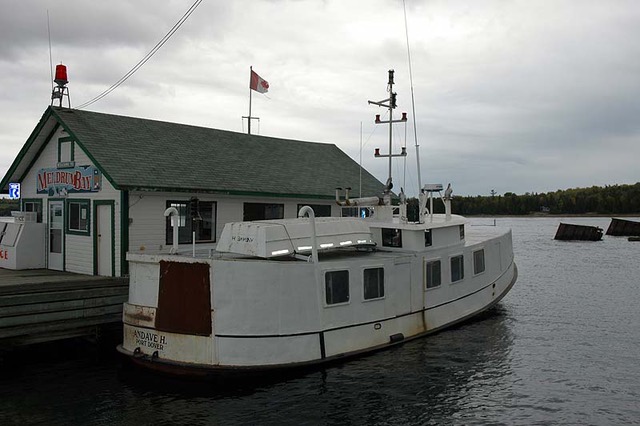
Picture of a typical fish boat…i.e. shaped like a jelly bean.
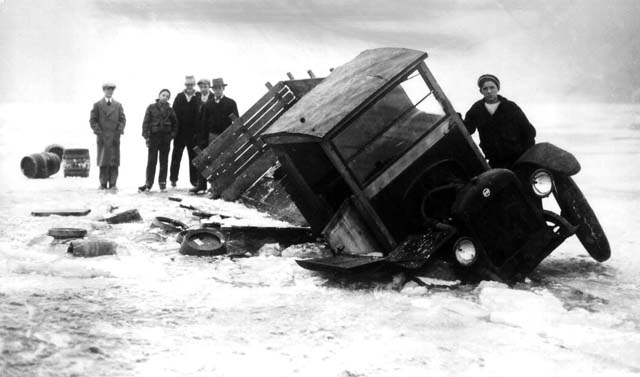

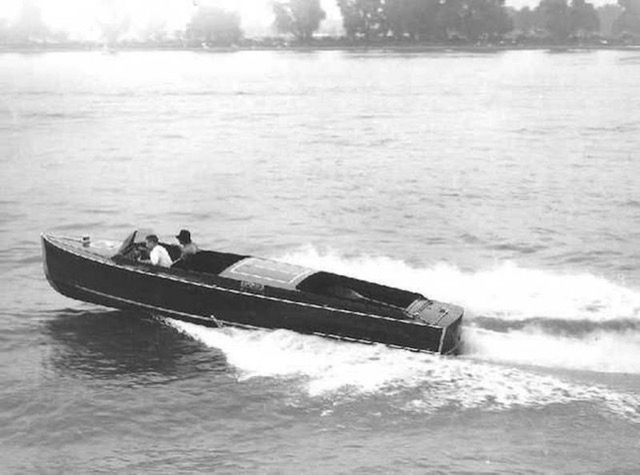
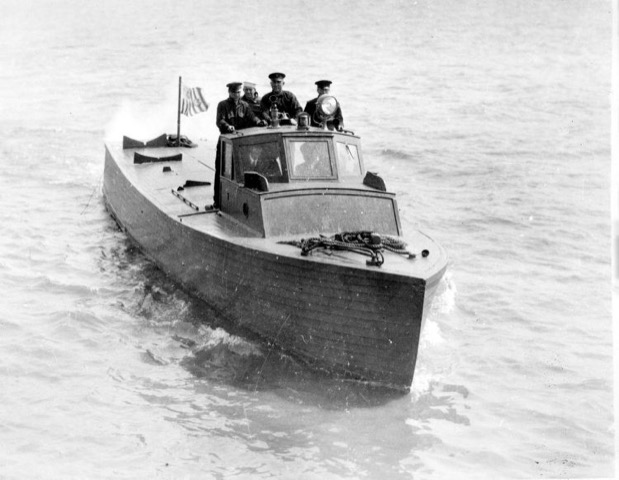

2) The document below was excerpted from the AnnulReport of the Department of Fisheries of the Province of Ontario, 1899-1906
District Overseer Pratt reports : That the season has been a profitable one both to the fishermen and the dealers j that a smaller number than in former years have been engaged in fishing ; that prices have ruled higher, and that with the exception of a few particular localities in Georgian Bay, fish are decidedly on the increase. He is of the opinion that the causes of the non-increase of fish in some localities are : (1) That in former years, saw dust had been allowed to enter several streams and thereby became deposited over a considerable area at river mouths ; (2; that the towing of large rafts of logs is detrimental to both fish, life and fishing operations ; and (3) a fermentation process takes place when fresh bark is deposited in the water, which causes the fish to avoid such places. The fishermen, he says, complain that tugmen are not careful to avoid unnecessary damage to nets, but frequently tow their rafts over net buoys, often getting foul of th buoy line, dragging and tearing valuable property. He is of the opinion that the preser vation line, inside of which net fishing is not allowed, is too far from shore from off Moose Point north, and that there does not appear to be any good reason for shutting oft so many acres of water.
Implements of Capture. The principal implements of capture authorized in Ontario are the pound set, the gill net, the hocp or fjke net, and the seine. The pound net preserves the fish alive, and is set at right angles to the shore, from which runs out a leader until water sufficiently deep in which to set the pound is found, vaiying from 25 to 40 feet, according to the length of the stakes used. The fish, in passing up and down the shore, encounter- ing the leader, are turned in their course and work along the leader until they pass into the heart and thence into the pound, from which the net derives its name. Not more than three nets in a string are permitted to be set, and an open or disconnected space must be left between each net. They are placed at various distances apart, care being exercised to prevent crowding or oveifishing. On the American side, where the water is very much shallower, as many as 25 or 30 nets are set in a string, and as closely together as the fishermen may desire. The fisherman with small capital has, therefore, no chance, pocketed between long strings of these nets, and is forced out of the business, while on this side all are put upon an equal footing. ^_^ — \ The hoop or fyke net, though differently constructed, operates similarly to the pound] net, the fish being found alive in the bag or purse. It is set in marshy inshore waters,/ and is licensed to take coarse fish only. — ^ The gill net bangs like a wall in the water, suspended by buoys and floats, and is kept taut by sinkers. It may be set in shallow or deep water. The fish are gilled in attempting to pass through the met he s, and soon die. The occupation of gill net fishing on the great lakes is attended with many dangers and hardships. The fishermen must be on the water in all kinds of weather, the best lifts being, it is said, sometimes made wien the lakes are the roughest. The seine or sweep net is probably the oldest device for taking fish, and is a most effective on« ; To it, however, is attributed the depletion of many waters once teeming with fish, ai d its use, therefore, has been for seme years discouraged. It varies in length according to the distance to be swept, one end being attached to the shore. All fish, irrespective of size, within the circle described in its operation are taken.
The Commercial Fisheries. ' As a national possession they are inestimable, aud as a field for industry and en- terprise they are inexhaustible." They are perhaps unsurpassed in any country on the giou«, not only in extent, but for their great economic value. Practically no attention has as yet been directed to our great north west and northern waters, which teem with the finer qualities of fish. These fisheries are destined in the near future to afford a liveli- hood for thousands of our population, and become an important and continuous source of food supply and revenue. In the older portions of the province, under a judicious licensing system, a vigorous policy of supervision, and the requirement of a strict com- pliance with the laws and regulations enacted for the protection of the fisheries, there may soon be expected to be a large increase in the supply of fish and a perceptible im- provement in the fishing industry, a matter which concerns not the present generation only but which ia of vital importance to succeeding generations alsa. Any other course will result in their complete extinction. ' : Propagation may plant and generous nature may water, but a reasonable protection must be added to give permanent increase " The fishermen for a consideration, are granted the privilege of netting in the public waters, but this privilege must not be abused, nor the public's interests in the fisheries prejudiced thereby. The history of commercial fishing in the great lakes of this province, until within very recent years, has been one of wholesale destruction. Not many years ago Lake Ontario teemed with whitefish and there are well authenticated instances of as many as forty, fifty, and even ninety thousand having been taken in one night at Bur- lington Beach. No thought was then had of saving the immature and unmarketable por- tion of the catch, aud no thought was had of the morrow, but they were thrown upon the beach to die, rot and be carted away as manure, and as a result of this improvidence there are now but few whitefish in that lake ; aud, as in Lake Ontario, so in most of the large bodies of fresh water where fishing has been engaged in to excess. The urgent necessity of some decisive action to prevent the continued destruction of the immature fish led to the introduction into our licenses, and subsequently into the Fisheries Act, of the clause prohibiting the taking of any trout or whitefish under two pounds in weight — in other words, the taking of these fish before they have arrived at the age of reproduc- tion. It was suggested that the object desired could be accomplished by requiring the mesh of the pot of the pound net to be sufficiently large to permit the escape of all fish under that size ; and while this might have been a remedy in some place?,, in others — such, for instance, as in Lake Erie, where a variety of kinds and sizes of fisll inhabits the lake, and where the bulk of the catch is of herring and a small kind of pic ":erel — such a condition would have resulted in the bankrupting of the fishermen, and was therefore impracticable. Could a size have been stipulated, it would have been admittedly prefer-
1899 ] GAME AND FISHERIES. 37 able, but it was found that a length which would in some waters meet the case, in others would represent a fish of a much greater weight ; so that a weight limit was ultimately decided upon. It will be satisfactory to know that before the adoption of the condition the views of as many fishermen and purchasers of fish as possible were ascertained by per- sonal visits to different points in the Province and otherwise, and that no objection was made to it, but the contrary, many remarking that if the condition were observed it would do more to replenish and secure the perpetuation of the trout and whitefish than any other means that could be adopted, not excepting the strict observance of the close season. To the credit of the fishermen it may be said that the restriction has been uniformly well observed during the past season. The significance of this condition will be apparent to every one when he recognizes that a whitefish or trout does not spawn before she has attained a weight of two pounds, and that the taking of a fish below that weight means that there has been eliminated from the supply not only a fish that has not contributed her quota to the perpetuation of her species, but that one has been placed upon the market of practically no commercial value. The fishermen cannot be so shortsighted as not to see that in taking the immature fish they are destroying the "goose that lays the golden egg."




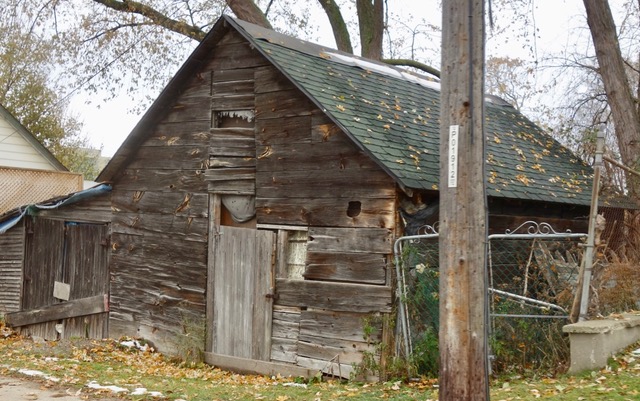





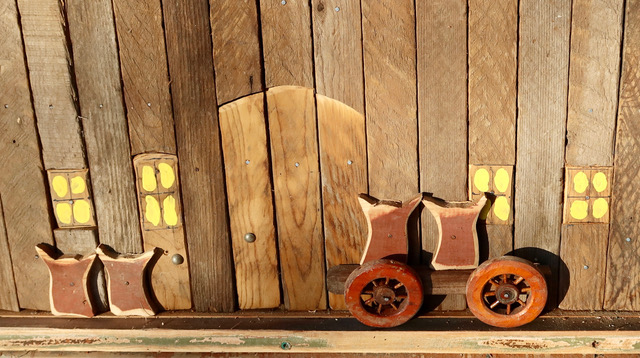
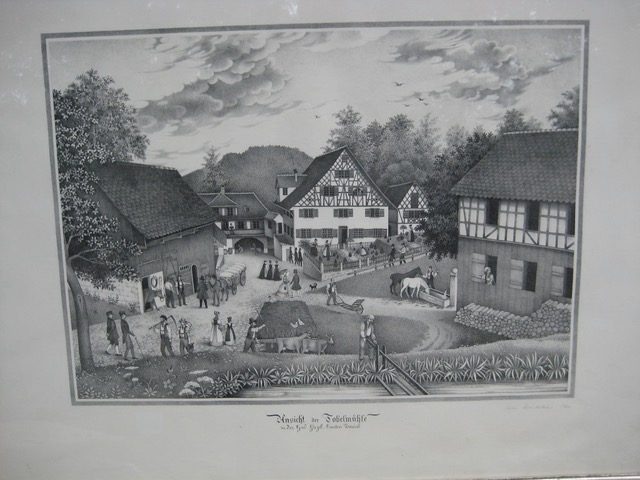


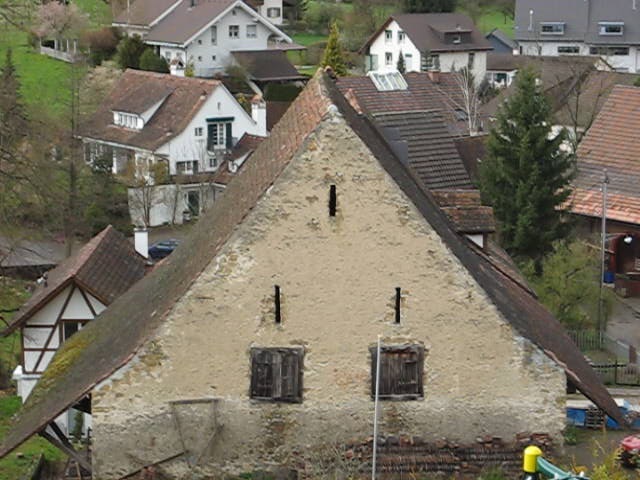

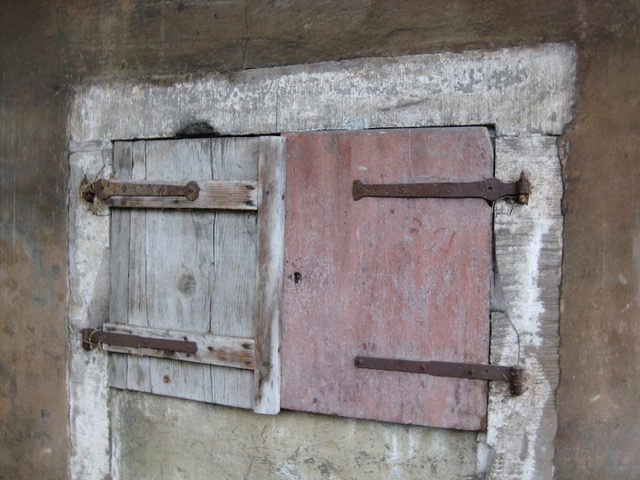
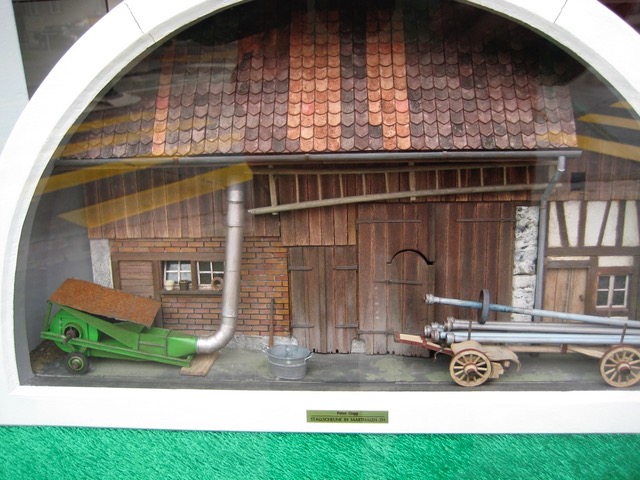

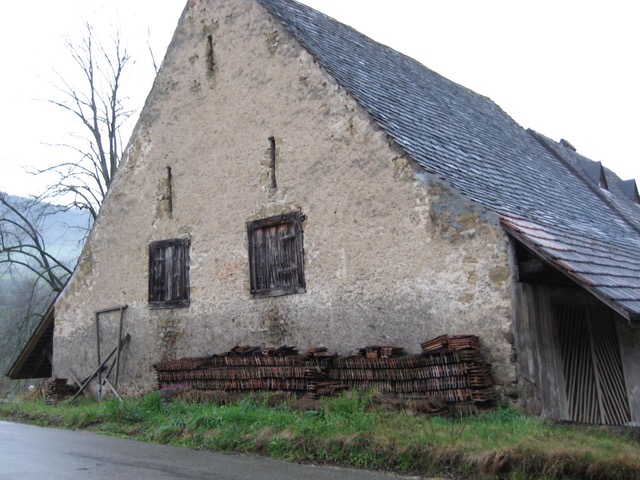
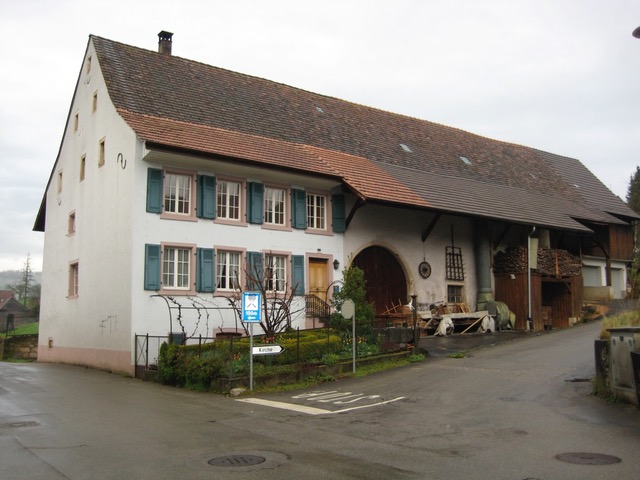
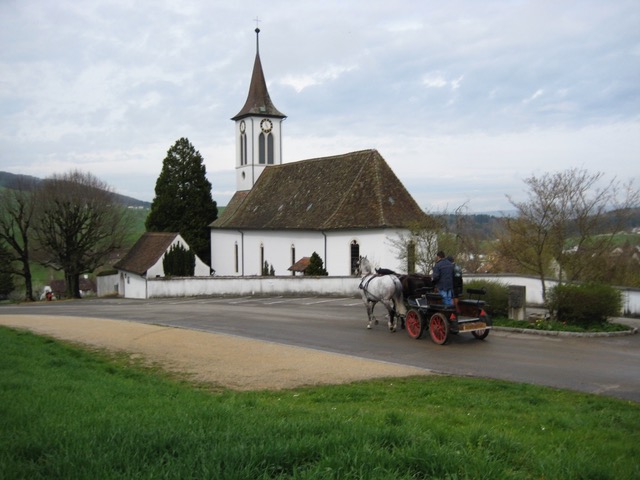
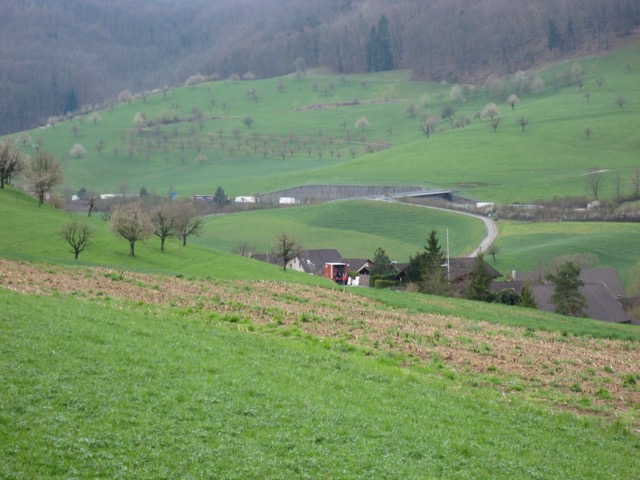
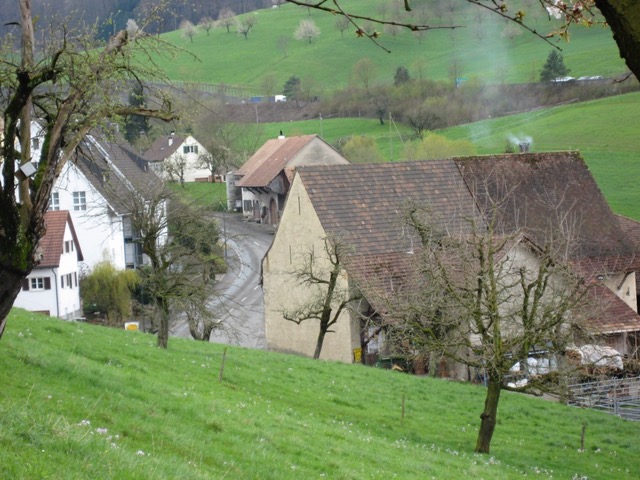
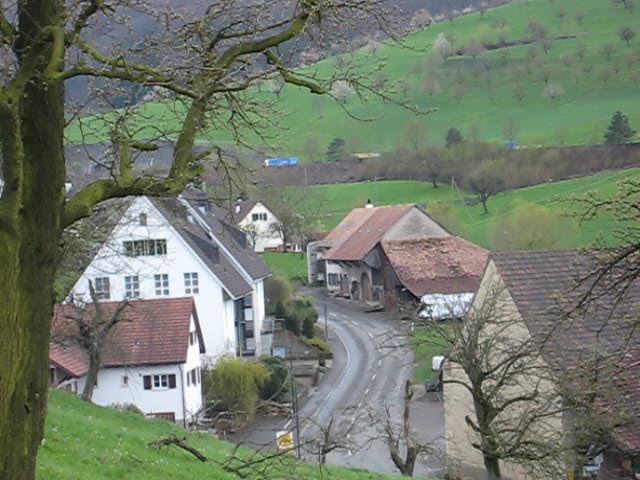

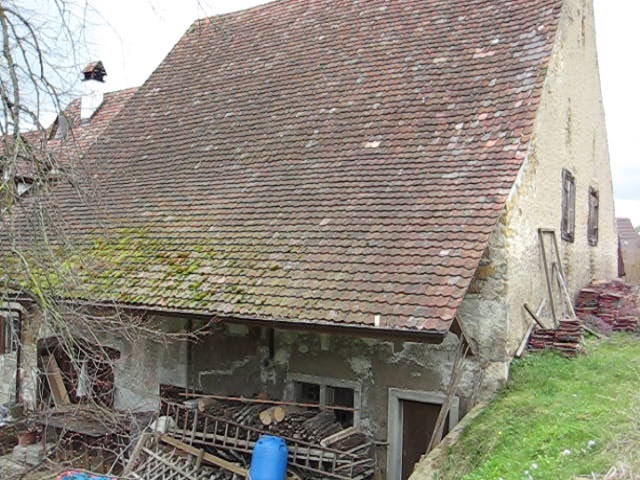

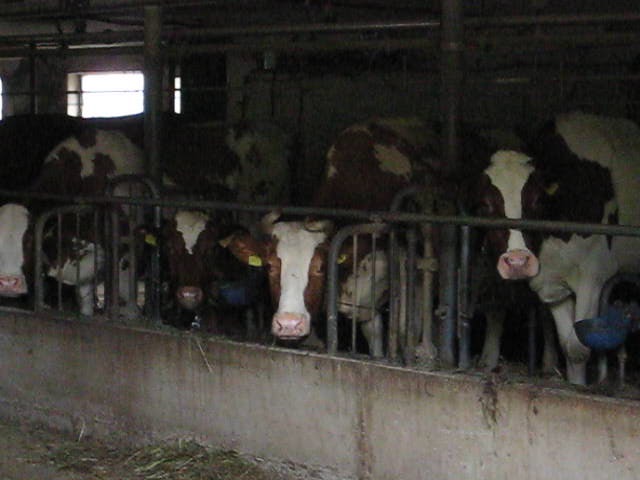
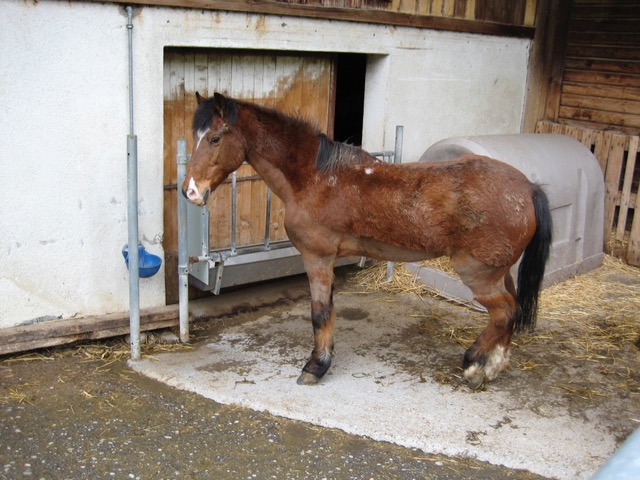

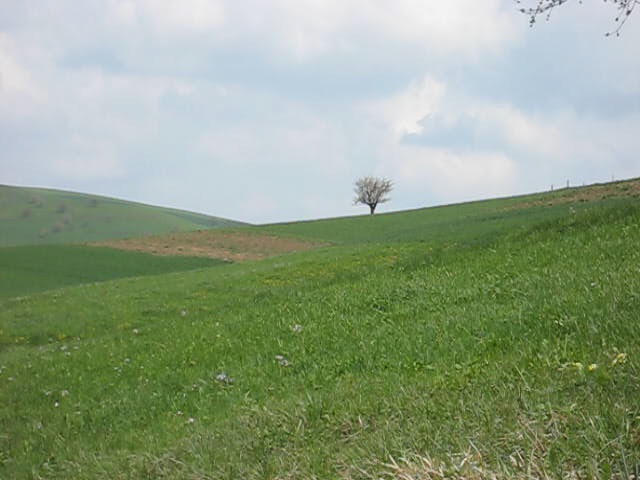

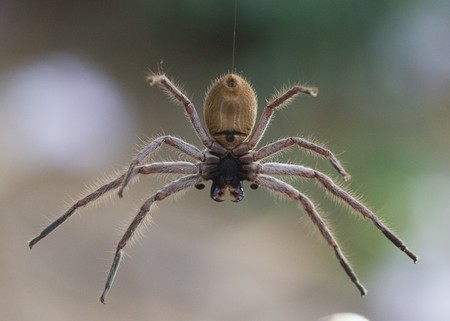 img.theculturetrip.com/768×431/smart/wp-content/uploads/2017/11/4431263917_20e40101d4_b.jpg 768w, img.theculturetrip.com/1440×807/smart/wp-content/uploads/2017/11/4431263917_20e40101d4_b.jpg 1440w” alt=”Australian Huntsman” data-pin-nopin=”true” class=””>
img.theculturetrip.com/768×431/smart/wp-content/uploads/2017/11/4431263917_20e40101d4_b.jpg 768w, img.theculturetrip.com/1440×807/smart/wp-content/uploads/2017/11/4431263917_20e40101d4_b.jpg 1440w” alt=”Australian Huntsman” data-pin-nopin=”true” class=””>
Allegedly the world’s most dangerous spider, the Sydney Funnel-Web (atrax robustus) is a common feature in New South Wales, residing in both back gardens and bushlands. Known for its foul temper and mighty fangs – which can pierce through finger and toenails alike – this arachnid is not to be messed with.
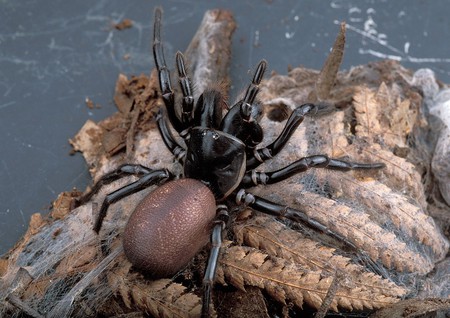 img.theculturetrip.com/768x/smart/wp-content/uploads/2017/11/csiro_scienceimage_2226_a_female_funnel_web_spider.jpg 768w, img.theculturetrip.com/1440x/smart/wp-content/uploads/2017/11/csiro_scienceimage_2226_a_female_funnel_web_spider.jpg 1440w” class=”” loading=”lazy” data-pin-nopin=”true” style=”box-sizing: border-box; position: absolute; top: 0px; width: 600px; height: 424.609375px; opacity: 1; object-fit: cover; transition: all 3s ease 0s; will-change: opacity;”>
img.theculturetrip.com/768x/smart/wp-content/uploads/2017/11/csiro_scienceimage_2226_a_female_funnel_web_spider.jpg 768w, img.theculturetrip.com/1440x/smart/wp-content/uploads/2017/11/csiro_scienceimage_2226_a_female_funnel_web_spider.jpg 1440w” class=”” loading=”lazy” data-pin-nopin=”true” style=”box-sizing: border-box; position: absolute; top: 0px; width: 600px; height: 424.609375px; opacity: 1; object-fit: cover; transition: all 3s ease 0s; will-change: opacity;”>There are approximately 40 other funnel-web spiders – none as venomous as the dreaded Sydney funnel-web. In fact, only six have been proven to pose a threat to safety.
Two of the most dangerous include the northern tree funnel-web spider (hadronyche formidabilis) and the southern tree funnel-web spider (hadronyche cerberea). Although numerous bites are reported each year, with victims generally residing in Southern Queensland or Northern New South Wales, the anti-venom has proven hugely effective.
Sent from my iPhone
Begin forwarded message:
From: ALAN SKEOCH <alan.skeoch@rogers.com>Subject: ANGUS McEACHERN WITH HIS PET CATTLE…JUST BEFORE HE DIEDDate: April 2, 2023 at 12:00:19 PM EDTTo: john Wardle <jwardle@rogers.com>, Marjorie Skeoch <marjorieskeoch@gmail.com>
EPISODE 790 ANGUS WAS A NEIGHBOUR —MUCH MORE THAN THAT, A CARING FRIENDalan skeochApril 2, 2023Angus McEachern —his barn in the distance when it was intactMom often said that Marjorie and I named our first born, after my favourite stuffed toy….a ’teddy’ bear thatI slept with as a child. Partly true and partly false. The stuffed toy was called ‘Angus” but the namechosen was certainly not fictional. Angus was a real person. The kind of person that makes anindelible mark among the neurons of a child’s brain.Angus McEachern watched over my grandparents, Ted and Louisa Freeman. His farm fence was a joint fence.“Your Granddad owns the first and last half. We own the middle”Angus kept an eye on the whole fence lest his herd of cattle got in among the wild appletrees on the Freeman farm.Angus cared for the Freemans When they reached an age that theycould no longer handle their small 25 cre farm. Angus McEchern picked upthe slack. Helped grandma and granddad overcome the problems of aging.In those daysof the 1940’S and 1950’s Angus often wheeled his tractor in behind the Freeman farm house and cut enough fire woodto cover the winter months.When a hole in the rail fence allowed Angus’s cattle to break through and gobble their way through the piles ofwild apples. Really nasty danger of Bloat which could kill. Angus fixed the fence. When the icicles began to form inside the Freeman farm houseAngus often dropped by just to see that grandma and grandpa had safely retreated into the front room wherethe wood stove was belting out life saving heat.As a child and young adolescent my brother and inoiticed this.Time moves forward. Eventually grandma and grandpa Freeman passed on. And Angus got older.Eric and I got older as well. Became grown ups, albeit grudgingly.One day in early fall, around 1980, I got word that Angus was selling his Hereford herd of beef cattle.It was a sunday. I Walked down the fifth line and up the maple tree lane to see Angus. I know thiswas tough time for him. And knew it would get worse. Angus pulled up a couple of stools in his woodshed and we spent a coupleof hours sipping Scotch whisky from a bottle hidden away among the split maple. Seems tome the bottle came from the Isle of Islay. the Scottish island from which the McEcherns emigratedin the early 19th century. I think They were Scottish hand loom weavers displaced by the steam drivenmills of the industrial revolution.I will never forget that afternoon because it was the last time we talked. The following Wednesdaythe auctioneer arrived to auction off the McEchern herd of Herefords. Angus died before theauction. He was torn by the necessity of the auction and the fate of his beloved cattle.“Let’s go up to the barn, Alan, I want you to meet some friends of mine.”Angus was lame so the effort to reach the barn was not easy. So he fired ups his John Deere tractorand idled along beside me as we headed for the barn.“these are my babies, Alan”Angus could name each one. Rubbeda neck on one ….scratched the forehead of another…rested his ar across theback of another.“Feeding time…..they know that.”There was much they did to know.I do not want to say anything else about that afternoon. I hope you can peruse the photos andfeel as choked up as I did.alan
POSTSCRIPT: Special Note to my cousin Ted: LEST I FORGET! ANGUS was not alone. Others helped Grandma and Grandpa through the last yearsof their lives. Their son Frank Freeman, his wife Lucinda and their son Ted were just as caring as Angus. Moreso which I will record later.My mother, Elsie Freeman, also did much to help her mother and father from money earned in thesweatshops of the needle trades. Every second week end she went back to the taking Eric and I along.Dad helped a bit but he had racetracks to support as well.Our little section of the Fifth line, Erin Township, was settled by Scots. The land was not terrific.Lots of rocks which land agents felt Scots could handle.Jean and Janet McLean farmed across the road and dropped by often as did Janet MacDonaldwho had her own farm to run as well. Both these farms were operated by women who tooktime to help Grandma and Grandpa Freeman. None were wealthy. All tried to live off farmlandthat was really a terminal moraine where an ancient ice monster dumped gravel and boulders anda touch of top soil.There may have been anti-English prejudice when the Freeman moved into their farm surroundedby Scots. But that did not last long.Angus was not alone….lots of welcoming thoughtful people aroundalan
 flashbak.com/wp-content/uploads/2014/11/PA-2534968-300×235.jpg 300w” sizes=”(max-width: 709px) 85vw, (max-width: 909px) 67vw, (max-width: 1362px) 62vw, 840px” apple-inline=”yes” id=”AA3A4A80-7D4D-46BC-8FC8-A7EB5E7C0D29″ src=”http://alanskeoch.ca/wp-content/uploads/2021/04/PA-2534968-1024×802-1.jpeg”>
flashbak.com/wp-content/uploads/2014/11/PA-2534968-300×235.jpg 300w” sizes=”(max-width: 709px) 85vw, (max-width: 909px) 67vw, (max-width: 1362px) 62vw, 840px” apple-inline=”yes” id=”AA3A4A80-7D4D-46BC-8FC8-A7EB5E7C0D29″ src=”http://alanskeoch.ca/wp-content/uploads/2021/04/PA-2534968-1024×802-1.jpeg”>